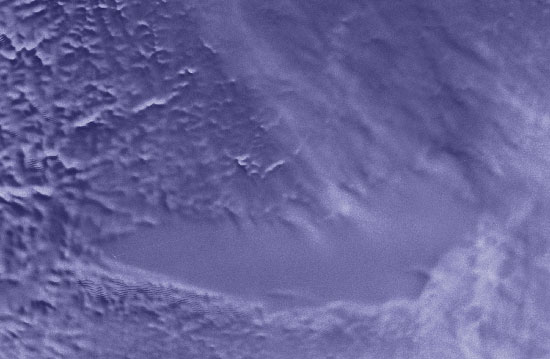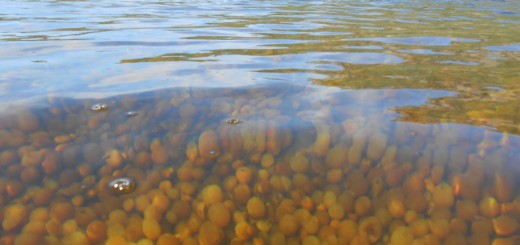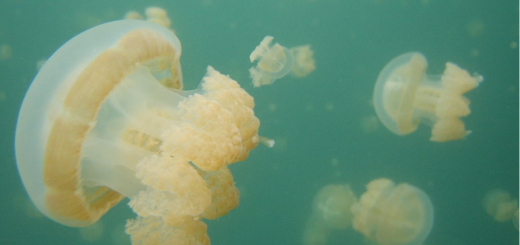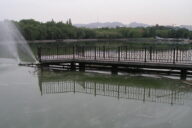New Yellowstone Lake Submersible
0The oceans are vast and still largely untapped scientific resources despite the massive-scale studies that they’ve hosted in recent decades. But much the same can be said about the large lakes of the world which in some cases, like Lake Baikal or the monstrous Caspian Sea, could easily be put in a completely different class than most lakes worldwide.
Another of these superlative water bodies is Yellowstone Lake, the largest freshwater lake sitting above 7,000 feet altitude. But in addition to its size, there are other characteristics that beg further study. One is the presence of vents in the lake that act much the same as ocean vents but are not as big. Another relates to the recent problem of invasive lake trout that have hurt native fish populations in the lake.

Three-dimensional bathymetric map of Yellowstone Lake. (Credit: Global Foundation for Ocean Exploration)
Studying those conditions isn’t easy when Yellowstone Lake’s max depth reaches 390 feet. So how do you get around that? Well the answer is simple for folks at the Global Foundation for Ocean Exploration: Build a robot.
Taking inspiration from other projects that they’ve helped to complete in the world’s oceans, the foundation is working to develop a platform to study the dynamics of Yellowstone Lake. The work is part of a new initiative the organization is working on to explore the large lakes of the world.

Rendering of a prototype exploration robot being developed by the Global Foundation for Ocean Exploration. (Credit: Global Foundation for Ocean Exploration)
The Yellowstone Lake robot under development will take the place of an older one that the foundation has used for decades to study the water body. The new one will be smaller, weigh less and incorporate sensors for gathering data on temperatures and chemical parameters. The rover, planned to be 5 feet by 4 feet by 4 feet and hit 700 pounds, will also feature a camera for taking high-definition video of the lake’s bottom and a manipulator arm for grabbing.
What’s great about such a monitoring platform is that it can be left under the water to study conditions year round, no matter the weather above the surface or if the lake freezes over, providing rare information on how Yellowstone Lake behaves in the winter time.

The “west thumb” of Yellowstone Lake in Yellowstone National Park. (Credit: Wikimedia Commons User Acroterion via Creative Commons 3.0)
Insights into the lake’s thermal venting activity may be hard to glean due to the vents’ typically small sizes. But researchers are keen to learn more about the microbes that live near the underwater openings. One in particular, Thermus aquaticus, is a thermophile that has proved important in DNA studies because of its adaptability.
As for battling invasive lake trout, the robot will be able to reach much deeper depths than has been possible before, allowing researchers an attempt at finding where the fish are spawning.
What other issues need to be studied in Yellowstone Lake? Is an underwater robot like this beneficial? Please consider leaving a comment to share your thoughts!













